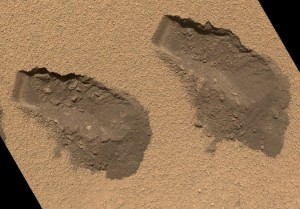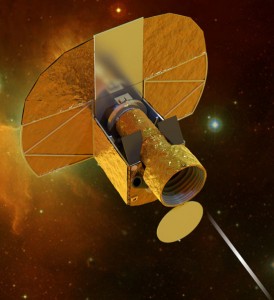
The New York Times has an explanation of why it continues to stay dark in the mornings even after the solstice has passed and the days get longer. It has to do with the intricacies of elliptical orbit and axial tilt.
Earth’s tilt means that every day during the fall, the angle at which we view the Sun changes. It appears farther south and travels a shorter arc across the sky, affecting sunrise and sunset equally, and making the day shorter.
The changes in the solar time follow a different cycle. In the early 1600s, Keplerdiscovered that planets move faster at the part of their orbit that is closest to the sun, the perihelion. For Earth, perihelion comes a little after the winter solstice, so from November on, Earth is accelerating.
That increased speed means we reach the Sun’s maximum a little earlier each day, which pushes solar noon backward against clock time. That shift is amplified because the Sun is traveling a little south each day, while clocks only count its east to west traverse.
Add it all together and you get sunrise and sunset times that are not symmetrical. In the weeks before the winter solstice, sunrise is being pushed later by both the changing angle of the Sun and the slowing of solar time. But sunset is being pushed in both directions — earlier by the Sun’s angle and later by the change in solar time.
Read the whole explanation here.

